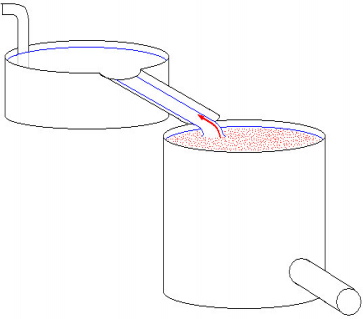OF THE
TIMES
Heaven and hell are eternal places because they are always present at the extremes of human existence, for better or for worse. People are constantly choosing between them, although they are generally not conscious of that in an articulated manner.
Anybody seen this crap yet? [Link] - Assuming the link works - tis from Congressman Matt G - oh boy....oh boy oh boy o boy... ~ ps - the link goes...
At a recent pro-Palestine protest at UNC, where officers were protecting the American flag, an officer is allegedly caught on camera spitting on a...
Clarke claimed the letter had been a parody mocking the controversial book The Bell Curve . That book must really hit home to a weak mind, she has...
The avalanche got moving. God help those poor Ukrainian souls who happen to be in its way ...
The Russians did it, the Russians did it !!! :O :O :O Or maybe it was inept affirmative-action-diversity hires ... :O
To submit an article for publication, see our Submission Guidelines
Reader comments do not necessarily reflect the views of the volunteers, editors, and directors of SOTT.net or the Quantum Future Group.
Some icons on this site were created by: Afterglow, Aha-Soft, AntialiasFactory, artdesigner.lv, Artura, DailyOverview, Everaldo, GraphicsFuel, IconFactory, Iconka, IconShock, Icons-Land, i-love-icons, KDE-look.org, Klukeart, mugenb16, Map Icons Collection, PetshopBoxStudio, VisualPharm, wbeiruti, WebIconset
Powered by PikaJS 🐁 and In·Site
Original content © 2002-2024 by Sott.net/Signs of the Times. See: FAIR USE NOTICE

viktor schauberger would have something to say about this....